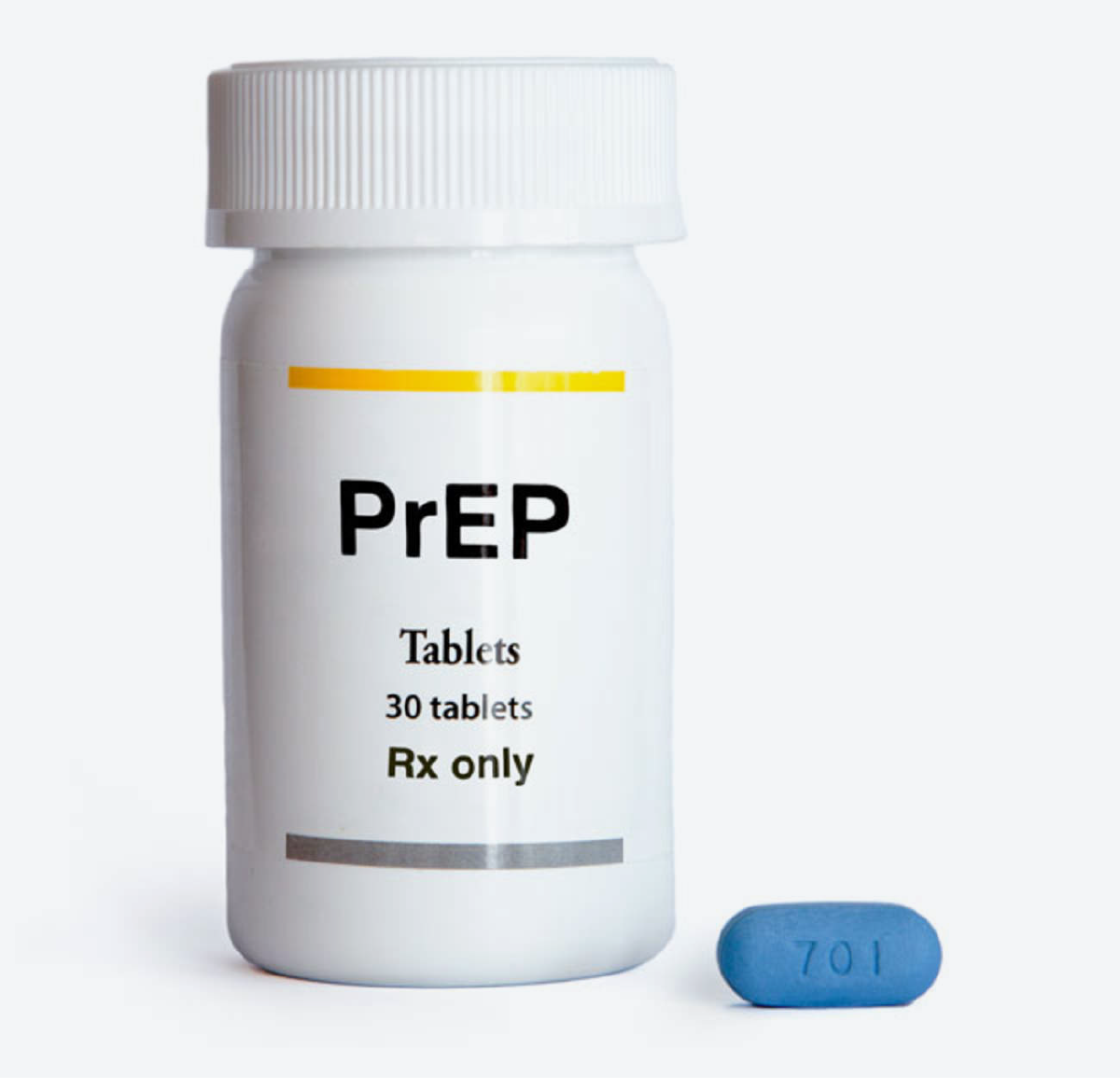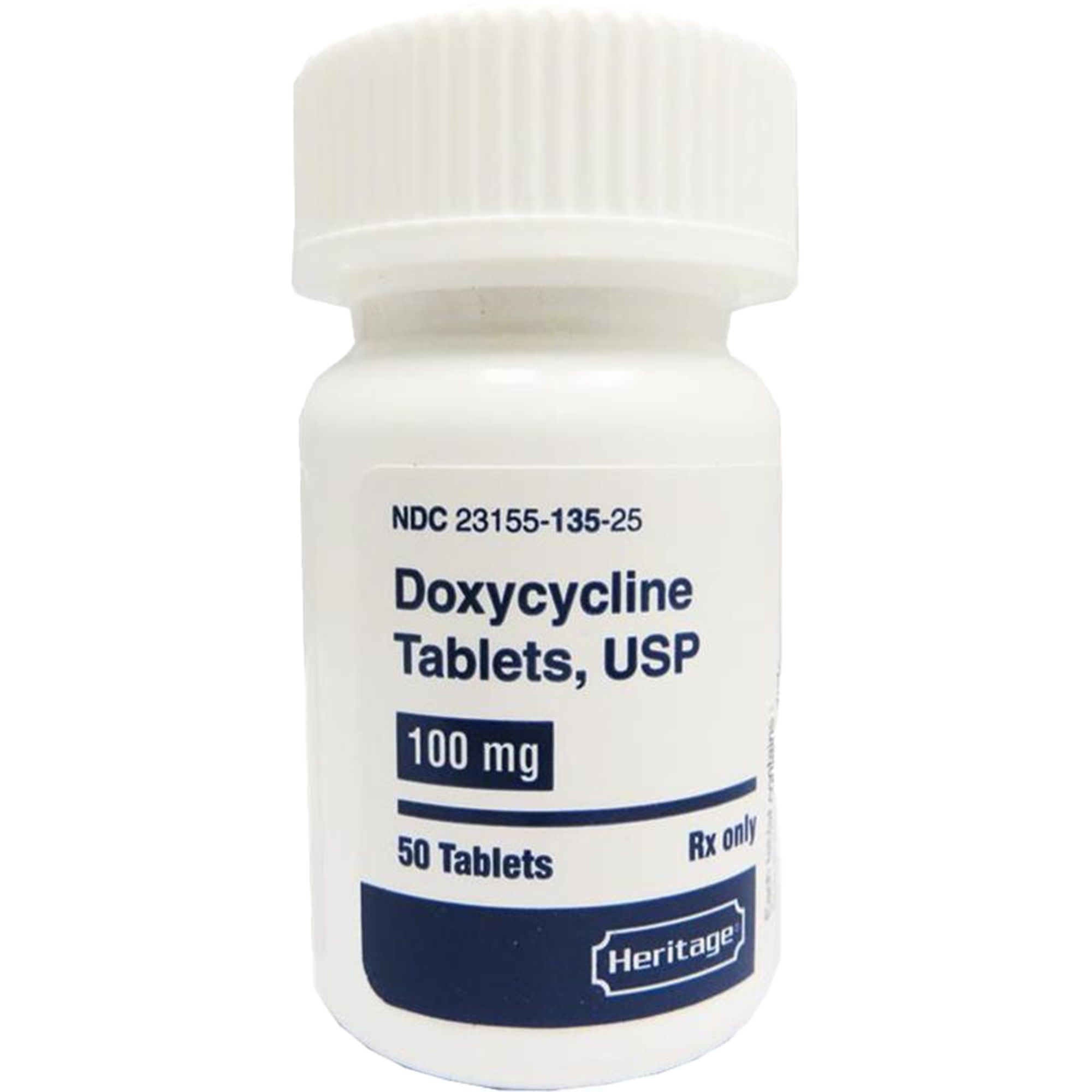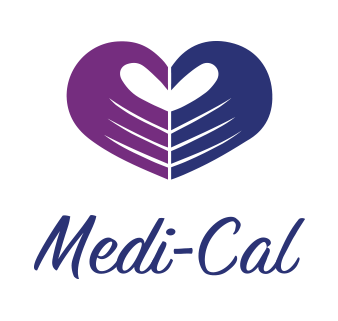Colonoscopy, a procedure used to detect changes or abnormalities in the large intestine (colon) and rectum, has become a crucial tool in the early detection and prevention of colorectal cancer. As with any medical procedure, preparing properly for a colonoscopy is vital to ensure the examination is both effective and safe. The preparation process, often considered the most challenging part of the procedure, involves several steps designed to cleanse the bowel of any fecal matter, allowing the doctor to clearly see the inner lining of the colon and rectum during the examination.
Understanding the Importance of Preparation
The goal of colonoscopy preparation is to ensure that the colon is completely clean, free from any stool or debris, which could obscure the view of the colon’s lining during the procedure. A clean colon allows the doctor to identify any abnormalities, such as polyps, which are growths on the inner lining of the colon or rectum that can sometimes develop into colorectal cancer over time. Early detection of these polyps enables their removal during the colonoscopy, preventing the potential development of colorectal cancer.
Steps in Preparing for a Colonoscopy
Dietary Changes: In the days leading up to the procedure, patients are often advised to follow a low-fiber diet. This means avoiding foods that are high in fiber, such as whole grains, nuts, seeds, and raw or dried fruits and vegetables. The aim is to reduce the amount of undigested food that reaches the colon.
Clear Liquid Diet: Usually, 24 hours before the colonoscopy, patients are instructed to switch to a clear liquid diet. This includes clear broths, soups, gelatin, and electrolyte-rich beverages like sports drinks. The purpose is to give the bowel a chance to clear out any solid foods.
Colonoscopy Preparation Solutions: The most critical part of the preparation is consuming a colonoscopy preparation solution, which is designed to cleanse the bowel. There are several types of preparations available, and the choice depends on the doctor’s recommendation and the patient’s health status. These preparations work by causing the body to flush out the colon. They can be taken in different forms, such as a liquid or a powder mixed with water, and are typically consumed in divided doses, often the evening before and the morning of the procedure.
Avoiding Certain Medications: Before the procedure, patients may be advised to stop taking certain medications, especially blood thinners, to reduce the risk of bleeding during the polyp removal process.
Arranging for Transportation: Since the procedure involves sedation, patients are required to have someone drive them home afterward. It’s also recommended that someone accompanies them to the appointment for support.
Practical Tips for the Preparation Process
- Stay Hydrated: Drinking plenty of fluids can help mitigate some of the side effects of the bowel prep, such as dehydration and electrolyte imbalance.
- Plan Ahead: Make sure you have all the necessary supplies, including the bowel prep solution, clear liquids, and comfortable clothing for the day of the procedure.
- Manage Side Effects: The bowel prep can cause discomfort, such as bloating, cramps, and diarrhea. Over-the-counter medications like anti-diarrheal drugs may be recommended by your doctor to manage these side effects.
- Rest: Try to get plenty of rest before and after the procedure to help your body recover.
The Day of the Procedure
On the day of the colonoscopy, arrive at the facility with plenty of time to spare. Wear comfortable clothing and avoid wearing jewelry or bringing valuables that could be lost. The actual procedure typically takes about 30 to 60 minutes, during which time you will be sedated to ensure your comfort. After the procedure, it may take some time to recover from the sedation, but most people can resume their normal activities the following day.
Post-Procedure Care
After the colonoscopy, it’s essential to follow the doctor’s instructions for recovery, which may include dietary restrictions for a few days to allow the bowel to return to its normal state. Also, be aware of any signs of complications, such as severe abdominal pain, fever, or bleeding, and seek medical attention immediately if these occur.
In conclusion, while the preparation for a colonoscopy may seem daunting, understanding the steps involved and the importance of each can make the process more manageable. By following the recommended guidelines carefully, individuals can ensure that their colonoscopy is a success, providing them with valuable information about their health and potentially saving lives through the early detection and prevention of colorectal cancer.
What is the purpose of the bowel prep for a colonoscopy?
+The purpose of the bowel prep is to completely cleanse the colon of any stool or debris, allowing the doctor to clearly see the inner lining of the colon and rectum during the examination.
How long does it take to recover from a colonoscopy?
+Most people can resume their normal activities the day after the procedure. However, it’s recommended to rest and avoid strenuous activities for at least 24 hours.
Can I eat after the procedure?
+Yes, you can eat after the procedure, but it’s often recommended to start with light meals and gradually return to your normal diet. Avoid heavy meals for a few hours after the procedure.
What are the risks associated with a colonoscopy?
+Risks associated with a colonoscopy include bleeding, infection, and perforation of the colon. However, these complications are rare, and the benefits of the procedure far outweigh the risks for most people.
How often should I have a colonoscopy?
+The frequency of colonoscopies depends on your risk factors and the results of previous screenings. Generally, individuals with an average risk of colorectal cancer should have a colonoscopy every 10 years starting at age 45.



